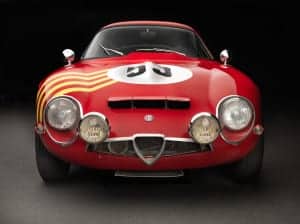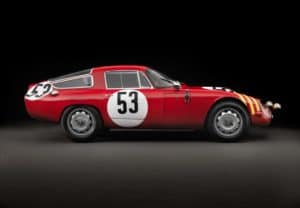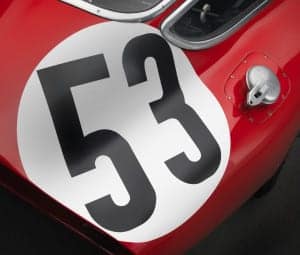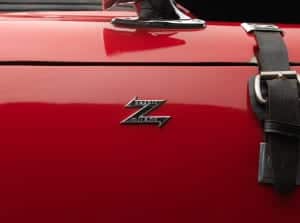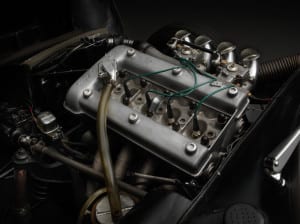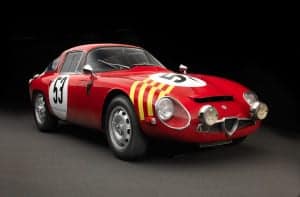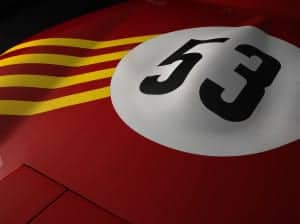Tech Specs
Four-cylinder in-line engine, double overhead camshafts, 1570 cc, 175 bhp at 6500 rpm
Before/After
1964 Alfa Romeo
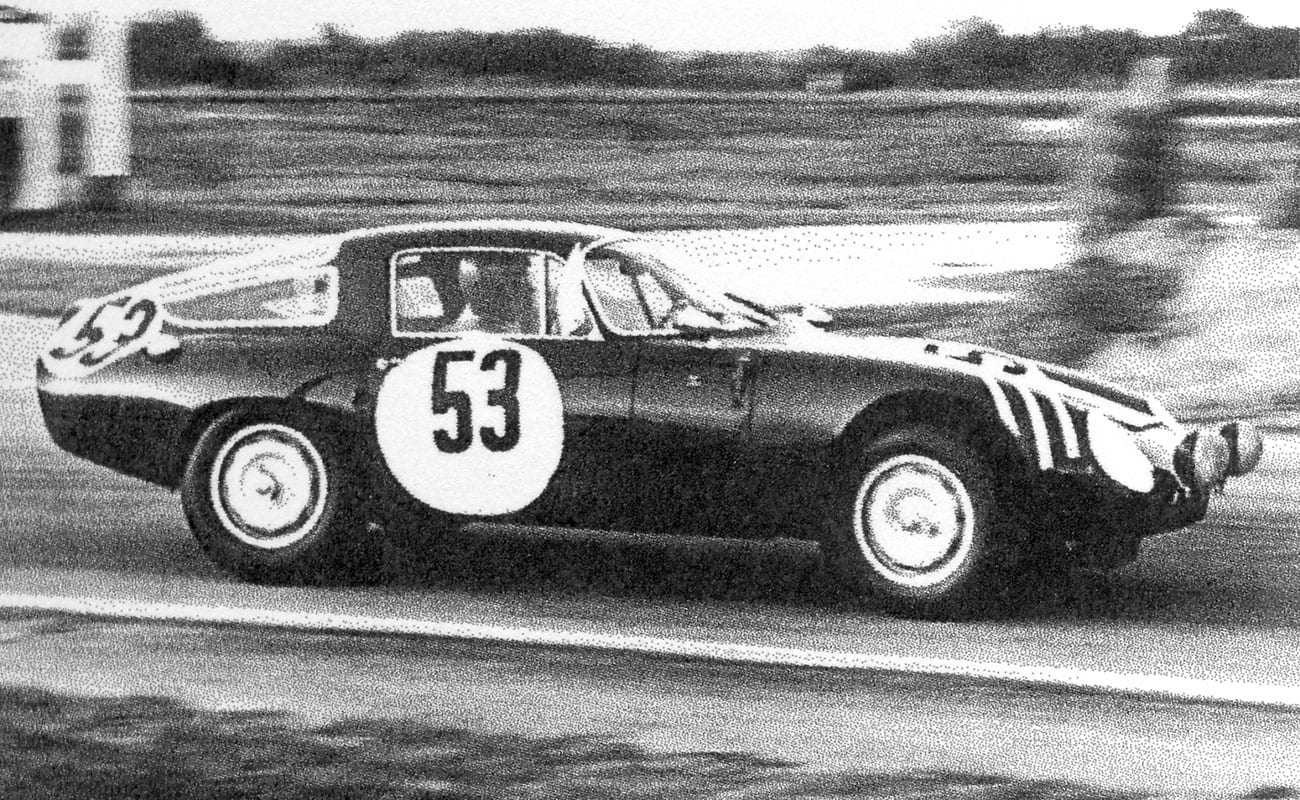
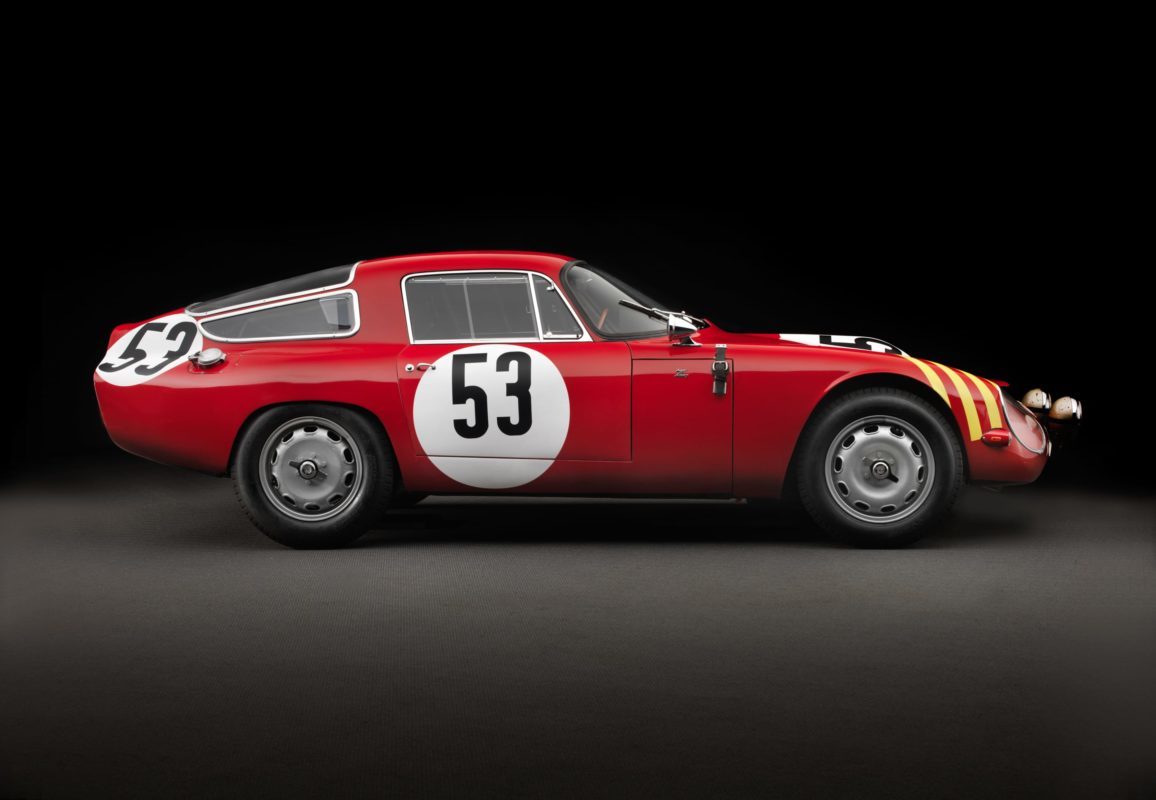
About the 1964 Alfa Romeo Giulia TZ
Alfa Corse didn’t take kindly to being shut down in 1951. Motorsport was lifeblood to Alfa Romeo engineers so when the factory racing branch ceased to exist, the engineers established an experimental department to continue as much in the same vein as management would tolerate. The remainder of the fifties saw, among others, the Disco Volante and succeeding sports cars, the 1900 sedan for long road races, and varying success.
High gear was not reached until 1963 with a design that had been finished in 1959, appeared as a prototype in 1960 and then shelved while Alfa got the Giulia passenger car into production. The Giulia Tubolare Zagato began Alfa Romeo’s renaissance in motor sports.
Because the GTZ had a single purpose, amenities were overlooked. The car was spartan, noisy and hot. The space frame of small bore tubing weighed little more than a hundred pounds but it had to carry only engine, suspension and running gear. Over that, Zagato craftsmen fashioned svelte but flimsy coachwork. The GTZ was formidably light and blindingly fast. Gear changes from 4th to 5th at 110 mph were easily wrought.
The display car was the most successful car of the four GTZs entered at Sebring in1964 by factory aided Scuderia Saint Ambroeus. Chuck Stoddard and Jim Kaser won the 1600 GT class, finishing the twelve hours with a maladjusted clutch which necessitated “crash-box” shifting. This GTZ’s only competition had come from an Abarth-Porsche, Jim Clark in a Lotus Cortina and a couple of Elans. Following the race, the car was bought by Dr. Paul Tenney with Alfa support for a season of successful SCCA racing.
Early in 1965 the company decided to back a quasi-independent organization called Autodelta – in the charge of ex-Ferrari, ex-Alfa man Carlo Chiti – to turn the new competition car into a race winner. Enzo Ferrari had done this very well for Alfa in the thirties, and Chiti was to do likewise now.
It was a new beginning. Alfa Romeo was back where it belonged.

